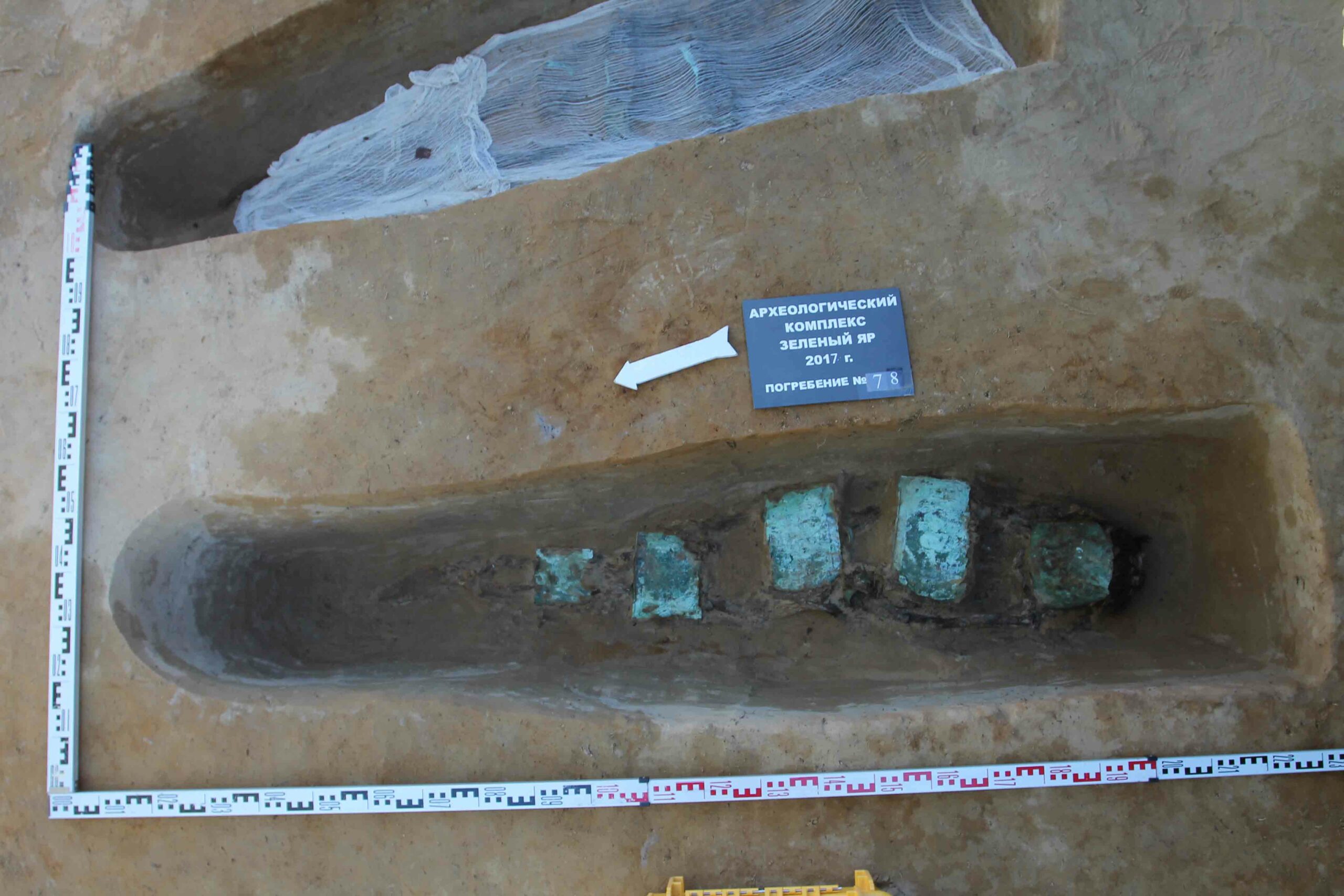
NORTH SAANICH, CANADA—Nature reports that toxicologist Jennie Christensen and her colleagues used a synchrotron particle accelerator to measure the levels of copper, zinc, and lead throughout a toenail and a thumbnail recovered from the remains of John Hartnell, a sailor in the Franklin Expedition who was buried on Beechey Island. By tracking the changes in the levels of metals in the nails, the team was able to determine the levels of metals in Hartnell’s body in the weeks leading up to his death. The study suggests that he suffered from a severe zinc deficiency that may have suppressed his immune system and made him more vulnerable to disease. Lead poisoning and the delirium it can cause have been blamed for the failure of the Franklin Expedition, and the team did find high levels of lead in Hartnell’s body during his last few weeks of his life. But Christensen says that as Hartnell’s body broke down, lead stored in his bones was probably released into his bloodstream. Analytical chemist Ron Martin of Western University points out that all of the crew members would have been exposed to lead throughout their lives. His analysis of crew members’ bone fragments did not find a spike in lead levels. “The lead theory is pretty much dismantled by this point,” Martin says. To read more, go to "Franklin's Last Voyage."










